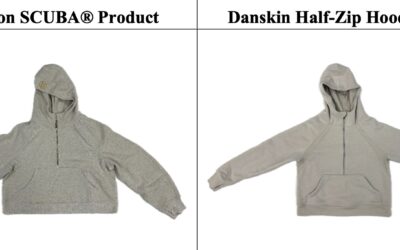Can you Trademark a Smell?!? Now that is an interesting question…Can an individual trademark a smell? The answer is…Yes! Under the Lanham Act trademarking a smell is allowed, but very rare, because you would have to prove the non-functionality of the scent, and then would have to prove that the scent has acquired a distinctiveness over other scents. “According to research done by online journal MentalFloss.com, as of October 2015, only 10 scent trademarks have been approved by the USPTO, although only two were approved for the principal registry.”1
Hasbro has been trying to get a smell for their Play-Doh through the USPTO for its “a unique scent formed through the combination of a sweet, slightly musky, vanilla-like fragrance, with slight overtones of cherry, and the natural smell of a salted, wheat-based dough.” Hasbro’s mark has been refused by the USPTO because “a scent for a toy modeling clay-type compound is not a unique identifier of modeling clay-type compounds.”
So you may ask what smells have been trademarked:
1. Verizon has one on the FLOWERY MUSK SCENT;
2. Hisamitsu Pharmaceutical Co., a Japanese company, trademarked the “minty” scent of their pain-relief patches, a smell produced by a “mixture of highly concentrated methyl salicylate and menthol; and
3. Footwear chain Flip Flop Shops received a trademark for the coconut aroma they pump into their retail locations.
In the article “The Sweet Smell of a Successful Registration” states, “The Lanham Act uses the broadest possible terms to describe the range of items that can qualify as trademarks. Although scent marks are not specifically enumerated in the Lanham Act, U.S. law recognizes that scent can function as a source identifier where it has no utilitarian function.
Absent evidence that a scent mark has attained secondary meaning (an expensive feature both to establish and ultimately to prove), the Trademark Manual of Examining Procedure provides that scent marks are registrable on the Principal Register under Section 2(f) or on the Supplemental Register. The amount of evidence required to establish that a scent functions as a mark is substantial.”
If you are looking to get a scent mark you have an uphill battle proving that your scent is distinct, and that each individual will have the same experience with the scent. Perception of smell is an individual experience therefore, creating the same experience for every individual will be very hard to prove.




